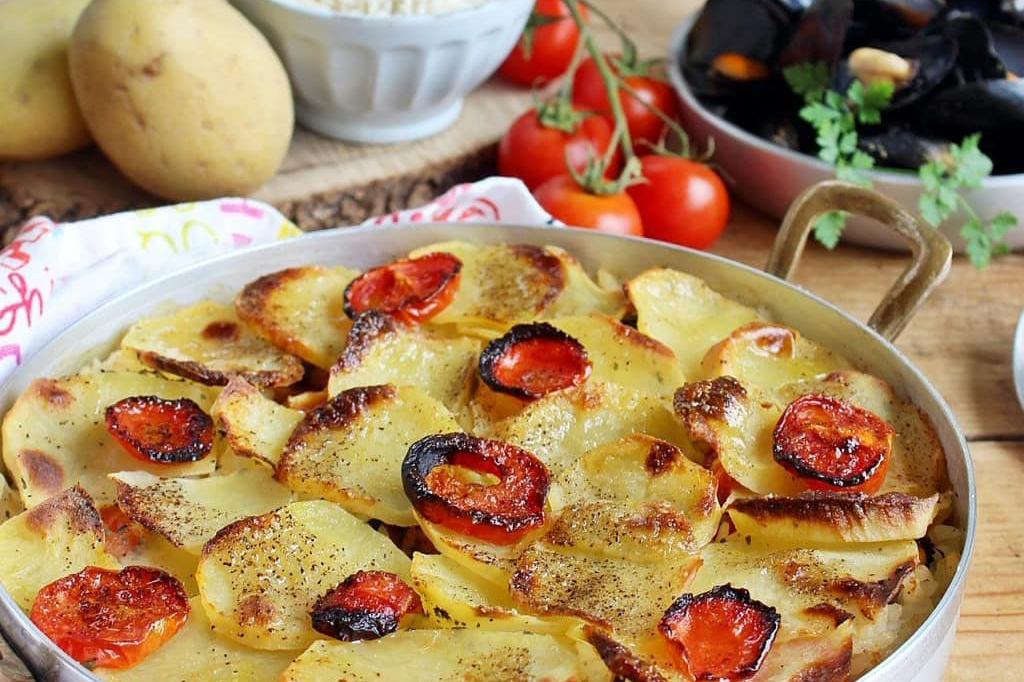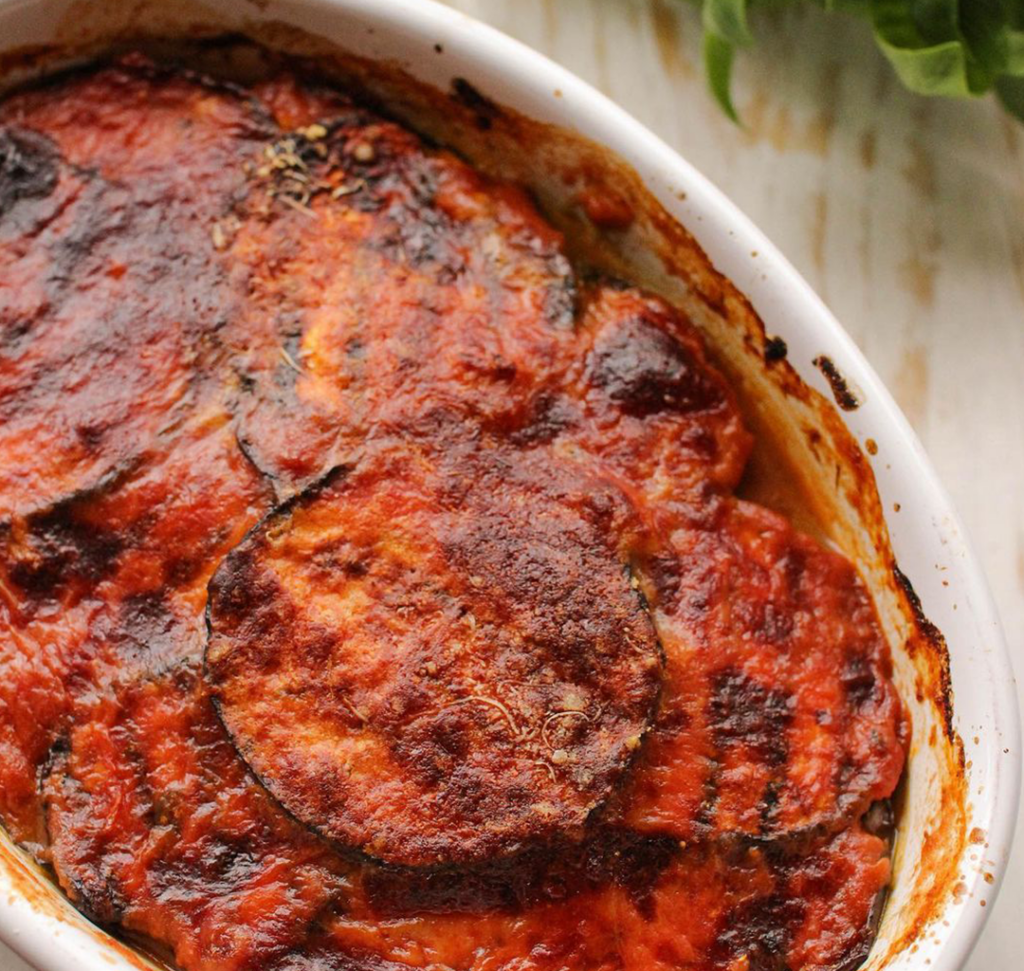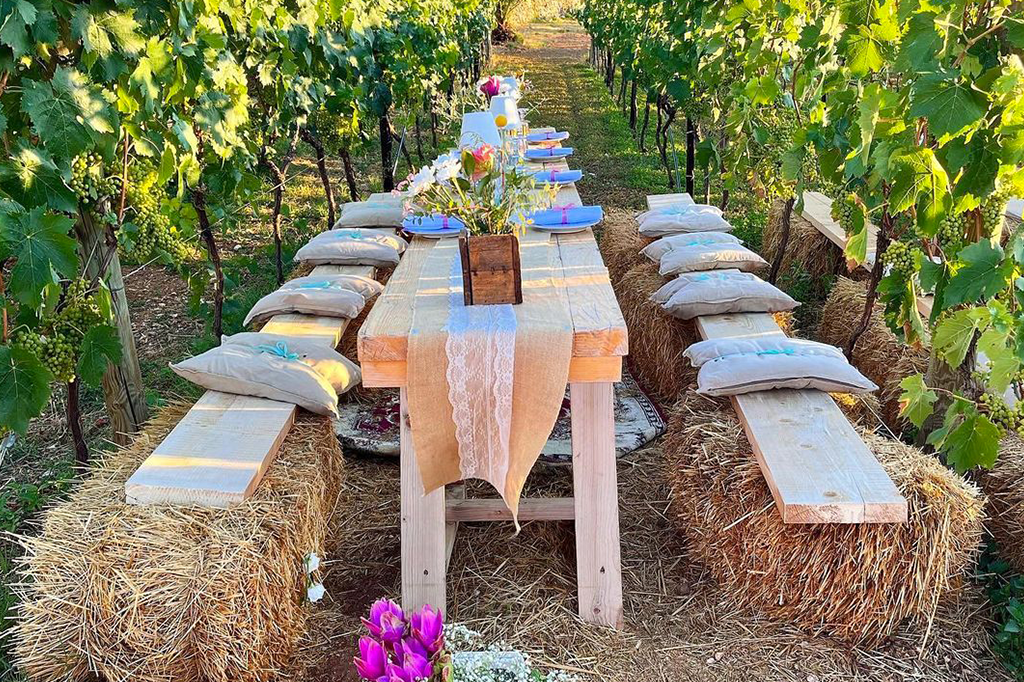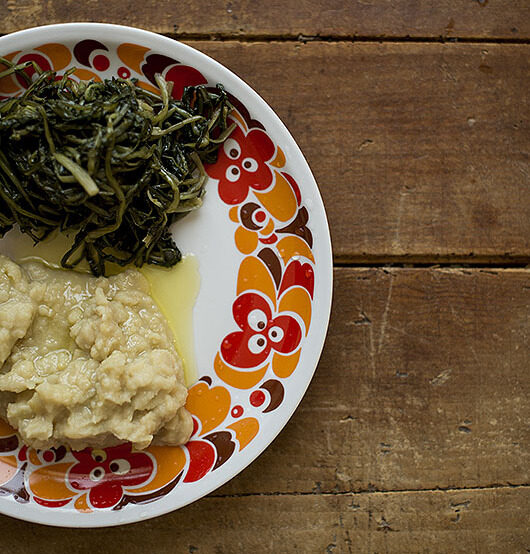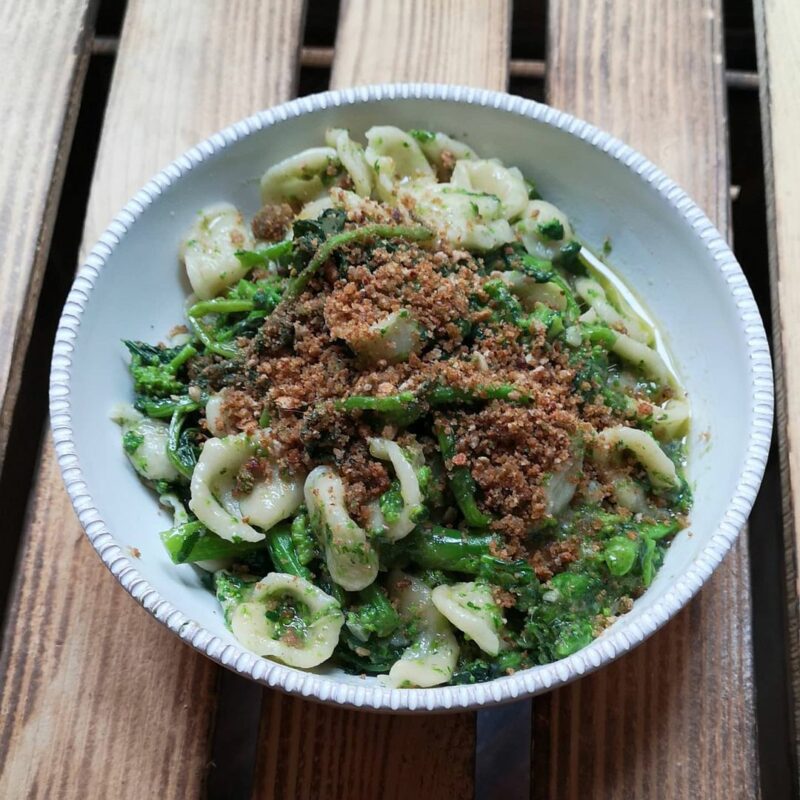In Puglia, the holidays taste as good as they look! Here, the holiday season is a time to gather around the table and enjoy food that connects generations. Whether you’re celebrating Christmas, New Year’s, or just the season, Puglia’s festive table is a feast for the senses! So, let’s dive into the mouth-watering dishes and sweets that make Pugliese holiday meals unforgettable.
Baccalà Fritto (Fried Salted Cod)
A classic holiday dish in Puglia, baccalà fritto (fried salted cod) is a must-try during Christmas Eve dinner. For many Pugliese families, Christmas Eve is a day of feasting without meat, with baccalà being the star of the meal. The cod is soaked, then fried to crispy perfection, offering a salty, savory bite that pairs beautifully with a side of seasonal vegetables or a splash of extra virgin olive oil.
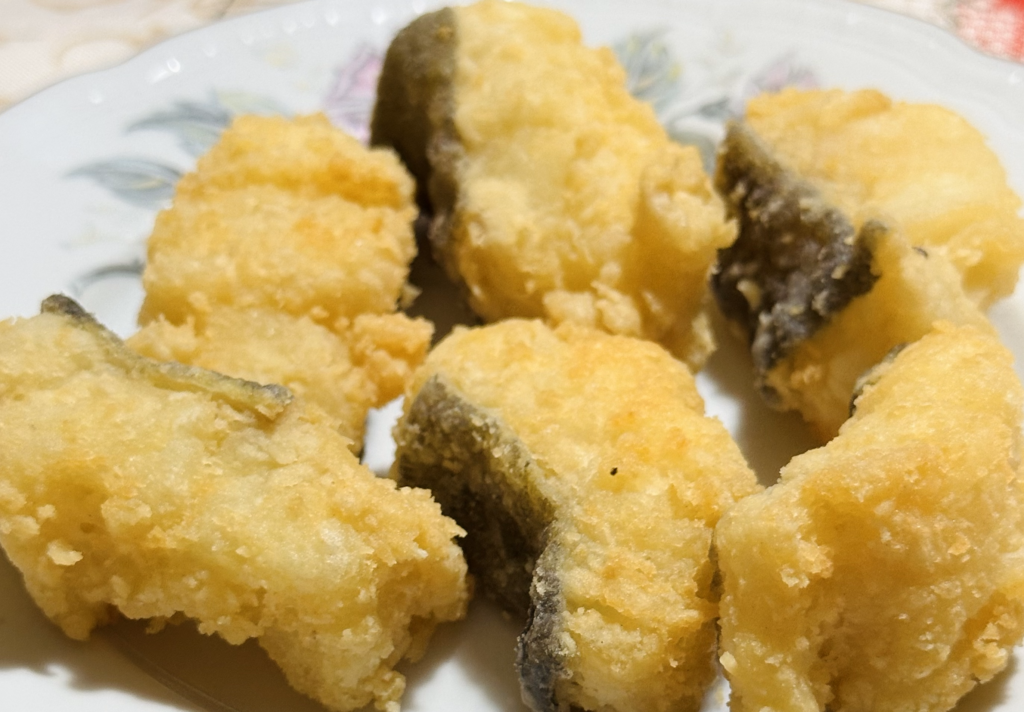
Pettole
Nothing says holiday cheer in Puglia like pettole, small fried dough balls often enjoyed as a treat on Christmas Eve. These fluffy bites can be sweet or savory. Savory versions might include olives or anchovies, while the sweet ones are dusted with sugar. They’re perfect for sharing with family and friends, making them a crowd-pleaser at any holiday gathering.
(If you have some of our extra virgin olive oil, it’s great for frying pettole – even better if it’s more than 2 years old!)
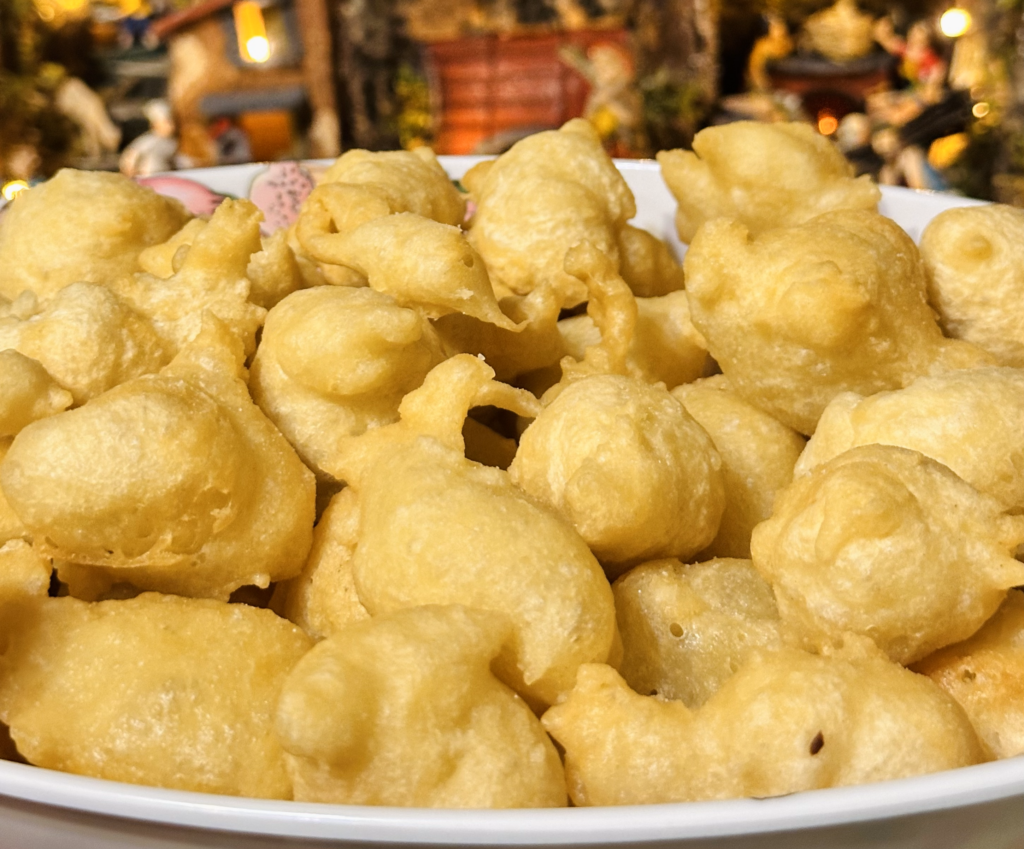
Zampone or Cotechino with Lentils
No Italian holiday meal is complete without zampone (stuffed pig’s trotter) or cotechino (a large pork sausage). In Puglia, these are traditionally enjoyed on New Year’s Eve, often paired with lenticchie (lentils). The lentils, believed to bring good luck, are simmered with the meats to create a hearty dish that represents prosperity for the year ahead.
Cartellate
For dessert, cartellate are a must-have. These traditional Pugliese pastries are shaped like small roses and deep-fried. Once crispy, they’re drenched in vin cotto (a syrup made from grape must) or honey, giving them a sweet, sticky finish.
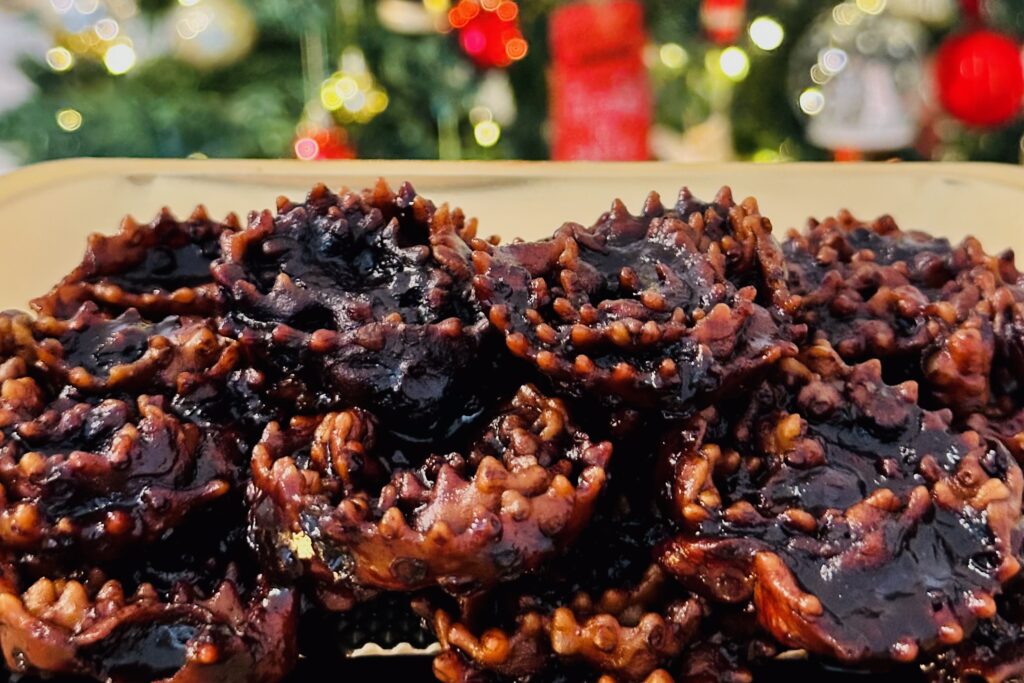
Paste di Mandorla (Almond Cookies)
Another holiday favorite is paste di mandorla, almond cookies that bring the taste of the region into every bite. Made with ground almonds, sugar, and a hint of orange blossom, these sweet treats are perfect with a cup of coffee. They’re a common sight on the tables of Puglia during the Christmas holidays and can also be gifted to loved ones.
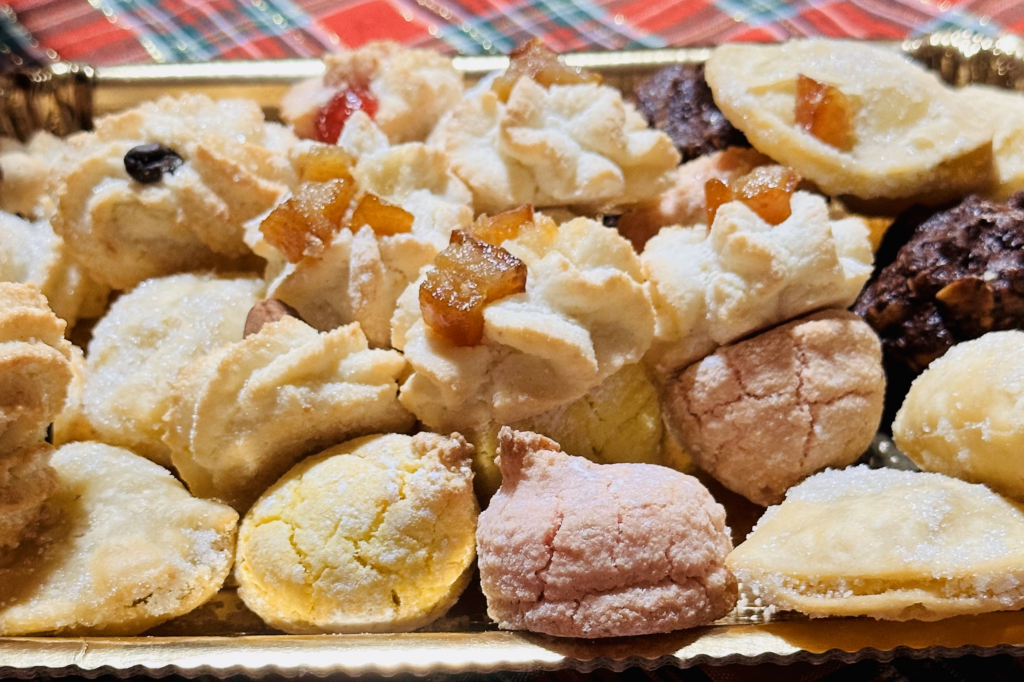
Whether you’re hosting a Christmas dinner, a New Year’s feast, or simply enjoying the holiday season with family, Puglia’s festive foods will surely fill your home with warmth and joy!
With a little help from local producers, you can bring the authentic taste of Puglia to your holiday table. From frying up crispy cartellate to drizzling over your favorite festive dishes, extra virgin olive oil is a must. Pre-order our EVOO, straight from our family-run partner groves in Puglia and elevate your holiday meals with that unmistakable Pugliese flavor!
Buon appetito!
